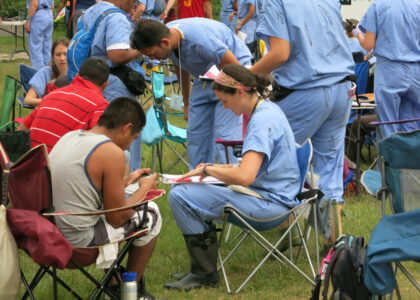Thomas Palermo is not a location with a deep historical timeline or significant historical events typically associated with physical places. Instead, Thomas Palermo refers to a tragic incident that occurred in Baltimore, Maryland, involving a cyclist who was struck and killed by a car. This somber event unfolded on December 27, 2014, when Thomas Palermo, a 41-year-old cyclist, was riding in a designated bike lane on Roland Avenue. He was hit by a vehicle driven by Heather Cook, an Episcopal Bishop, who was later found to have been intoxicated and texting at the time of the accident.
This incident drew widespread attention and sparked discussions about road safety, the responsibilities of drivers, and the need for better infrastructure to protect cyclists. The tragedy highlighted the vulnerabilities of cyclists on urban roads and became a catalyst for advocacy groups to push for stricter laws and safer road conditions for non-motorized users.
In the aftermath of the incident, the local community, including many who never met Palermo, came together to honor his memory through vigils and rides. A ‘ghost bike’ was installed at the site of the accident as a poignant reminder of the lives lost due to traffic negligence and the importance of sharing the road responsibly.
While not a conventional historical location, the story of Thomas Palermo is a modern reflection on societal issues concerning road safety and community responsibility. It serves as a narrative of caution and a call to action for safer practices on the road.




